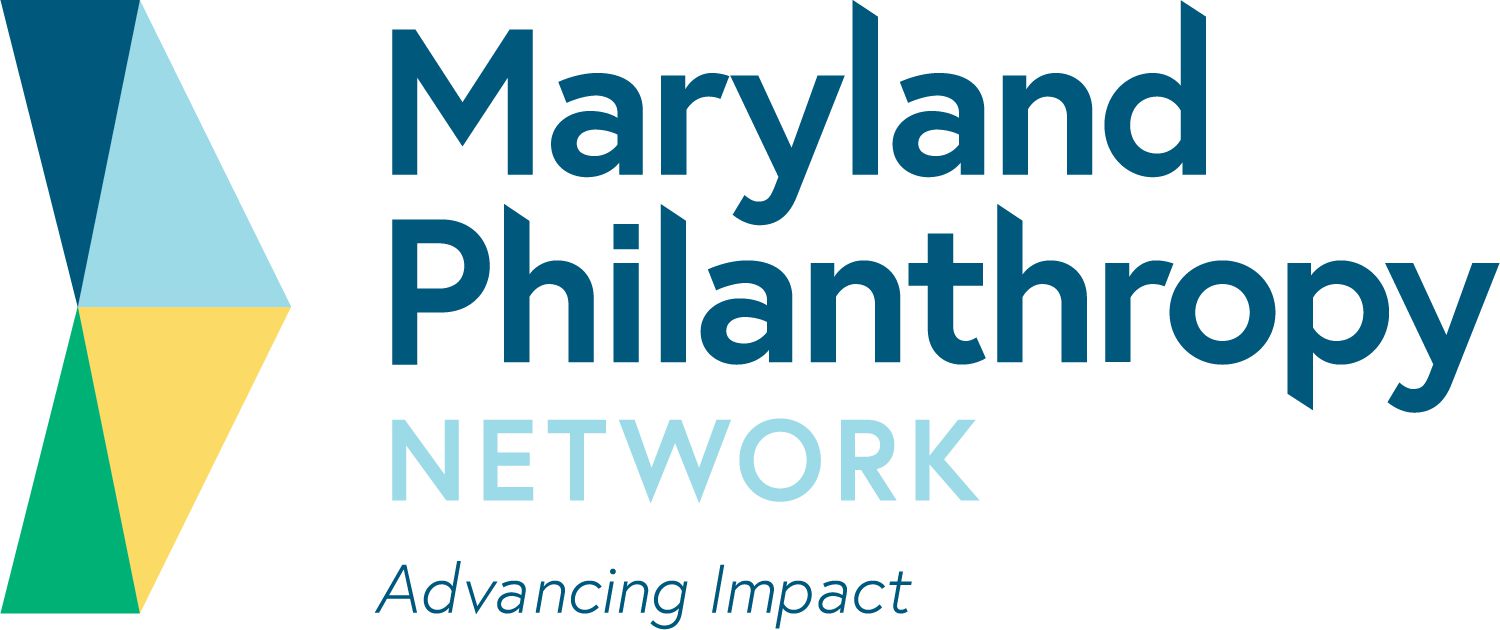Maryland Philanthropy Network members are invited to meet with Dr.
The Maryland Philanthropy Network is pleased to host Dr. Sonja Santelises, Chief Executive Officer of the Baltimore City Public School System.
There is a steadily increasing demand for home-based services that allow older adults and people with disabilities to age in place and maintain dignity and independence.
In January 2011 the Center for Adolescent Health at the Johns Hopkins Bloomberg School of Public Health documented 640 unaccompanied homeless youth in Baltimore based upon a one day “census.” However, this is certainly an undercount as it is only
The mission of Maryland’s Department of Health and Mental Hygiene’s Behavioral Health Administration (BHA) is to develop an integrated process for planning, policy and services to ensure a coordinated quality system of care is available to individ
Maryland Philanthropy Network business and corporate members are invited to learn about its new School-Centered Neighborhood Investment Initiative with Director Lisa Hodges.
The Maryland Philanthropy Network is pleased to host Dr. Renee A. Foose, Superintendent of the Howard County Public School System.
Maryland Philanthropy Network members are invited to a briefing by the Baltimore City Public Schools Food and Nutrition Services Team and Maryland’s farms to schools lead about the current state of food and nutrition in City Schools and efforts to transform into a system that delivers healthier, more nutritious and tasty food to its 85,000 students.
Matthew Desmond’s new book, Evicted: Poverty and Profit in the American City tells the story of eight families on the edge.
60 years after Brown vs the Board of Education, American public schools are more segregated today than in 1968. In the state of Maryland, 9 out of every 10 black Maryland students and 8 out of every 10 Latino students attends a majority-minority school. 1 of every 4 black Maryland students attends a school that is 99-100% minority. Segregating poor, minority children in high poverty schools increases educational inequities.

